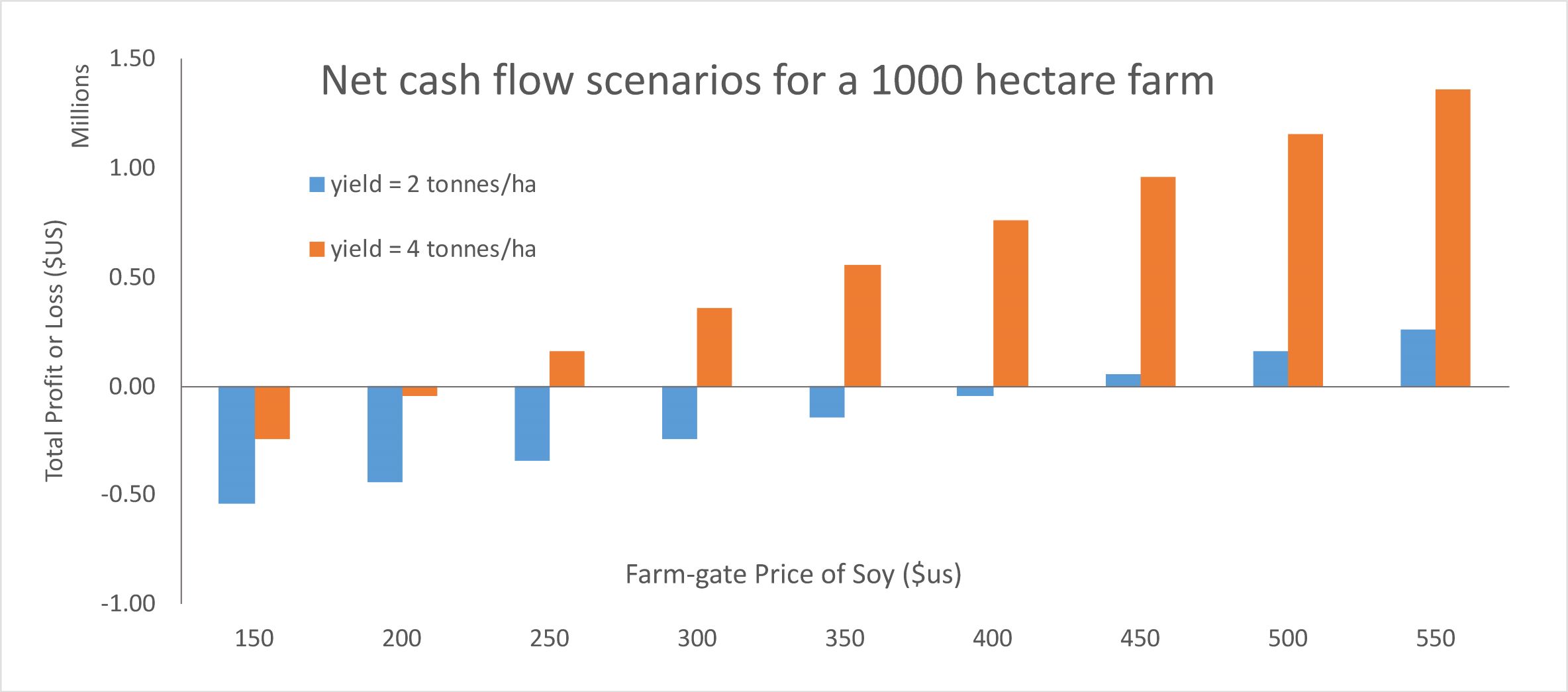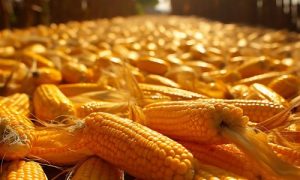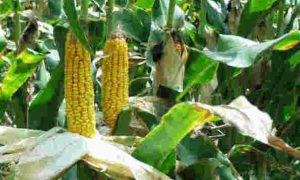Intensive agriculture in the Pan Amazon: Soy, maize and other field crops

The most important production system in the Pan Amazon when measured by GDP is the cultivation of annual crops: particularly soy, but also maize, rice, sorghum, wheat and cotton. In Brazil and Bolivia, annual cropping is organized around soy, because export markets provide the potential for a very substantial return on investment.
Industrial-scale farming is much riskier than cattle ranching because it requires a considerable capital outlay to sow and harvest a crop. A successful harvest depends upon weather, which is unpredictable, and price, which is determined by commodity markets that are notoriously volatile. A poor harvest during the bottom of the commodity price cycle can bankrupt a farmer, especially those that are overly reliant on short-term credit to finance operations. The increase in risk is offset, however, by the potential return.
The cost of production in 2020, including fuel, fertilizers, pesticides, labor and on-farm operations was approximately $US 700 per hectare in Mato Grosso. Yields range between two to four tonnes per hectare, while the international price of soybean has fluctuated between $US 200 and $US 600 per tonne since 2000. Farmers in the hinterlands of South America are paid a discounted price that reflects the cost of transport to the export terminal, where it is loaded onto ocean-going grain ships (see Chapter 2). In a good year, soybean farmers can double their money, but in a bad year, some will go bankrupt. Although these back-of-the-envelope calculations do not include capital investments in farm equipment or land, they do reveal the risk-reward potential of the industry.

Although the cultivation of soy is lucrative, it can be grown only in rotation with other crops, due to the proliferation of plant pathogens in monoculture production systems. Farmers in both Bolivia and Brazil sow two crops per year, which also allows them to spread climate risk between a summer (wet season) and winter (dry season) harvest. Many opt to plant a cover crop for one of the two cropping seasons; this allows them to improve the organic matter in the soil as well as reduce the risk from pest outbreaks.
Farmers increasingly are choosing to cultivate a feed grain as a rotational crop because it can improve their bottom line and diversify their market opportunities. Maize is the most common rotational crop in Brazil, while drought-tolerant sorghum is preferred in Bolivia. The rotation of soy with feed grains has brought substantial benefits to the farm economy because it has increased the supply and affordability of feed rations for poultry and swine.
The expansion of the soy/maize production model continues apace in the Brazilian Amazon and Bolivia. There have been dips in production, but overall, the sector has expanded its spatial footprint year after year for more than forty years. In Mato Grosso, mean yields have increased from around 3.1 in 2000 to 3.5 tonnes per hectare in 2019; producers in Bolivia tend to use less fertilizer and other inputs and average between 1.8 to 2.2 tonnes per hectare. Mato Grosso produces about 27 per cent of Brazil’s total soy crop, a proportion that has remained stable over the last decade, although total production has increased by 50% since 2010.
The municipalities that produce the most are Sorriso, Nova Mutum and Nova Ubiratã, which are situated along BR-163, or Diamantino, Sapezal, and Campo Novo do Parecis, which are located further west along BR-364 (HML#15).
Farmers in each of these municipalities harvested between one and two million tonnes of soy in 2019. Expansion has been most pronounced in the municipalities associated with BR-158, where soy plantings expanded by 500,000 hectares between 2016 and 2019. A similar phenomenon is underway in Tocantins, northeast Pará and Maranhão to take advantage of the lower transportation costs provided by the Ferrocarril Norte-Sul.
Landscapes with the highest rate of conversion to soy include several located in north-central Mato Grosso, where farming became more attractive following the paving of BR-163. Similarly, the proliferation of soy cultivation in municipalities adjacent to the river ports on the Madeira, Tocantins, Tapajós, Xingu and Amazon rivers reflects investors’ desires to improve returns by lowering transportation costs; more surprising, and worrisome, is the installation of soy fields in remote municipalities of the northern Amazon.
The cultivation of soybeans in the Brazilian Amazon was linked by academics and journalists to deforestation in the early 2000s when annual deforestation in the Brazilian Amazon surpassed 2.5 million hectares per year. The revelation of soy-related deforestation happened to coincide with a period when European imports of soy from Brazil reached an all-time high of fifty million tonnes per year. The public linkage between soy and Amazonian deforestation led to a high-profile campaign by Greenpeace and other NGOs, which led to the Soy Moratorium.

















